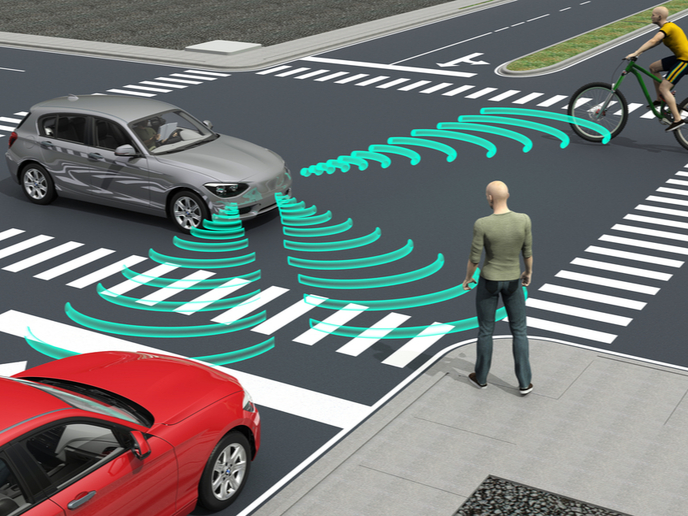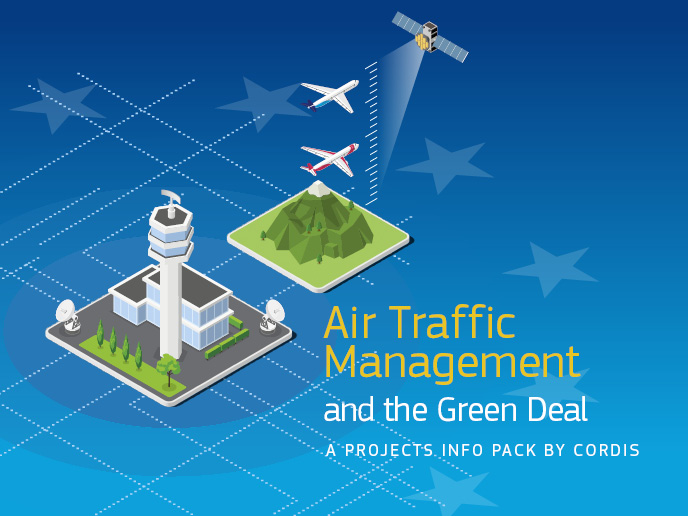Railway radio for today and the future
Wireless coverage in existing railway infrastructure lacks the operational standards, capacity and robustness needed for a large-scale use case. Current market solutions are 'general purpose', not designed specifically for the railway market; they are made for rigid architecture unlike the mobile nature of railway systems. Train operators need to put in place broadband telecommunication networks using a variety of technologies in order to meet these requirements. However, the different systems (e.g. Wi-Fi, GSM-R, satellite, 3G and 4G) are often so varied that they are a logistical headache for train operators and infrastructure managers. The EU-funded FAST-TRACKS(opens in new window) project set out to develop an innovative low-cost telecommunication system to address problems faced by railway system operators in integrating Wi-Fi systems. The project aimed to close a gap in railway radio telecommunication infrastructure by designing a reprogrammable radio system that can support different Wi-Fi, cellular and LTE standards at the same time.
Disrupting rigid systems
“We started the FAST-TRACKS project with a clear mission to create a disruptive telecommunication node, close the technological gap with a state-of-the-art system, and commercialise it,” says FAST-TRACKS project leader, Pasquale Donadio. The FAST-TRACKS project worked to design modular radio apparatus that incorporates multiservice and multi-frequency features. The team designed the system to make use of Wi-Fi and LTE services, so as to provide a reliable link between mobile vehicles and fixed stations. This type of system design allows railway telecommunications managers to increase the lifetimes of the hardware by eliminating the risk of obsolescence(opens in new window). The reprogrammability of the radio allows managers to future-proof the hardware in cases where new services or new generation systems enter the field.
From design to testing
The researchers took a design-develop-integrate-test approach to the project: they researched the nature of the gap in the current technology and considered what it would take to make it state-of-the-art. They then created the first prototype that integrated many subsystems, and finally, they tested the system’s basic features. The team demonstrated the merits of the FAST-TRACKS system through on-site installations, showing how the concept performs under real-world conditions. “The installation on the test-tracks of the metro Milano-Forlanini is just one of the installations performed and documented with a video distributed on social media platforms,” says Donadio. FAST-TRACKS filed two innovative patents which have been accepted in Italy, granted in Europe and pending in the United States and Hong Kong. The researchers then assembled a team of young engineers with experience in telecommunications hardware and software development.
Studying the market
The FAST-TRACKS team moved to commercialise their integrated telecommunication system by first analysing the value the project brings to the market, to develop a suitable pricing structure. From this, the team created what they call a 'battle card', which they used to enter the market and present the product to potential customers. Moving forward, FAST-TRACKS will work on telecommunication technologies suited for modern and future railway systems including high-velocity trains such as the Hyperloop(opens in new window).







